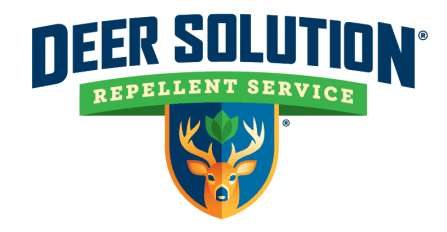Monmouth County, New Jersey, faces a burgeoning ecological and public safety challenge due to the overpopulation of deer. This situation has led to significant concerns among residents, impacting safety, and local ecosystems, and causing extensive damage to vegetation.
The Deer-Vehicle Collision Crisis
In New Jersey, over 15,000 deer-vehicle collisions occur annually, representing a significant threat to motorists throughout the year. This issue highlights the need for increased driver awareness and the implementation of safety measures to mitigate the risks of such incidents.
Impact on Local Vegetation
The overpopulation of deer in Monmouth County leads to substantial damage to a variety of plants and shrubs in both private gardens and public spaces. The ecological balance and aesthetic value of these areas are at risk due to the feeding habits of deer.
Protecting Vegetation from Deer
Homeowners and community associations have adopted several strategies to counteract the damage caused by deer. These measures include installing effective fencing, choosing deer-resistant plants, and using commercial repellents. These repellents are designed to deter deer by emitting odors or flavors they find unpleasant.
Additionally, community associations are actively exploring comprehensive wildlife management strategies to control deer populations and mitigate associated risks.
Deer Management: A Statewide Effort
The issue of deer overpopulation extends beyond Monmouth County and is a concern across New Jersey.
For example, in Atlantic County, the excessive deer population has led to considerable agricultural damage. In response, the state has enacted legislation providing grants for deer fencing on farmland, a measure aimed at protecting crops and reducing the economic impact of deer damage.
This statewide approach underscores the need for comprehensive wildlife management solutions that balance ecological preservation with agricultural and residential interests.
Community Engagement and Education
Efforts to manage the deer population in Monmouth County also involve educating the community about the impacts of deer overpopulation. This includes understanding the ecological consequences, recognizing the signs of deer damage, and learning about the importance of not feeding deer, as it can exacerbate the problem.
Legislation and Policy Development
New Jersey’s legislative response, including providing financial support for protective measures and managing wildlife, is crucial. Policies that promote sustainable wildlife management and protect agricultural interests are essential in addressing the challenges posed by deer overpopulation.
The Role of Professional Services
Professional wildlife management services play a critical role in addressing the deer overpopulation issue. These services offer expertise in habitat management, population control, and implementing humane and effective strategies for managing wildlife.
Future Outlook
As Monmouth County continues to address the challenges of deer overpopulation, it is clear that a multi-faceted approach is necessary. This includes ongoing community involvement, adaptation of strategies, and collaboration between residents, community associations, and state authorities.
These collective efforts are crucial in achieving a sustainable balance between human and wildlife coexistence in the region.
The management of the deer population in Monmouth County is a complex issue that requires a comprehensive approach. From increasing deer-vehicle collisions to widespread damage to vegetation, the situation underscores the need for ongoing management strategies, community involvement, and the adaptation of effective solutions.
The collaboration between residents, community associations, and state authorities is key to achieving a sustainable balance between human and wildlife coexistence.







